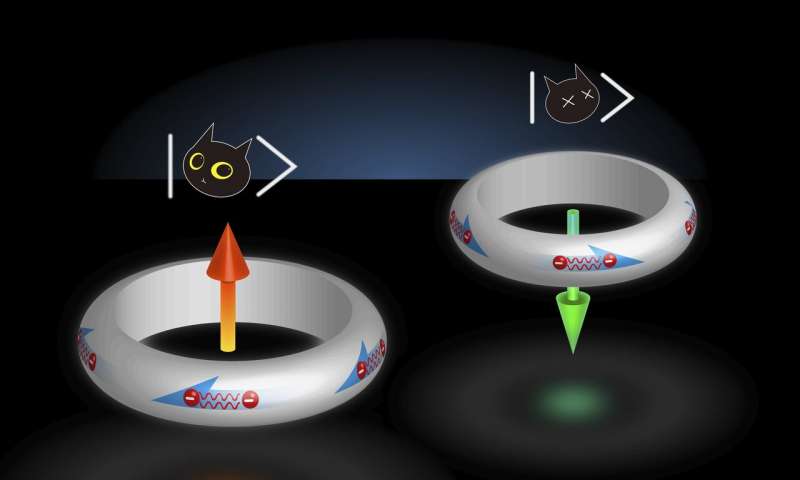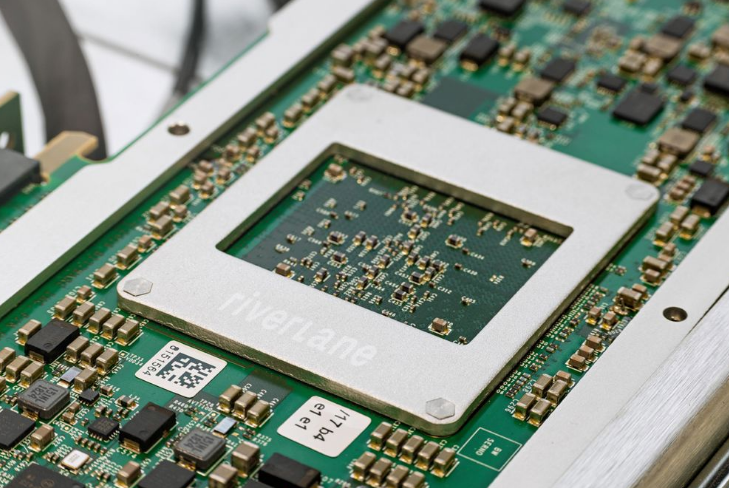We know that quantum computers can work. That’s not the problem. The issue is finding materials that make these devices more useful and practical. Now, researchers from Johns Hopkins University report that they are a step closer to creating the building blocks that can do just that, according to a release in Phys.Org.
“We’ve found that a certain superconducting material contains special properties that could be the building blocks for technology of the future,” said Yufan Li, a postdoctoral fellow in physics and astronomy. He is also the study’s first author.
This work addresses the need for quantum bits — or qubits — to be protected by superconductors, which cushion the device’s sensitive components from the “noise” of the environment. However, this becomes difficult because traditional superconductors require a precise external magnetic field be applied on each qubit, the researchers said.
The study probes the weird subatomic world where current can travel clockwise and counterclockwise — at the same time. Li and colleagues said they found that a ring of a compound — called β-Bi2Pd — already naturally exists between two states in the absence of an external magnetic field. This allows current to circulate both clockwise and counterclockwise, simultaneously, through a ring of this material.

Li said, “A ring of β-Bi2Pd already exists in the ideal state and doesn’t require any additional modifications to work. This could be a game changer.”
The researchers add that the power of qubits to exist in multiple states — superposition — makes them extra powerful for certain types of computation, such as artificial intelligence, drug development, cryptography, financial modeling and weather forecasting.
“A more realistic, tangible implementation of qubit can be a ring made of superconducting material, known as flux qubit, where two states with clockwise- and counterclockwise-flowing electric currents may exist simultaneously,” says Chia-Ling Chien, professor of physics at The Johns Hopkins University and another author on the paper.
The findings were published October 11 in Science.


















